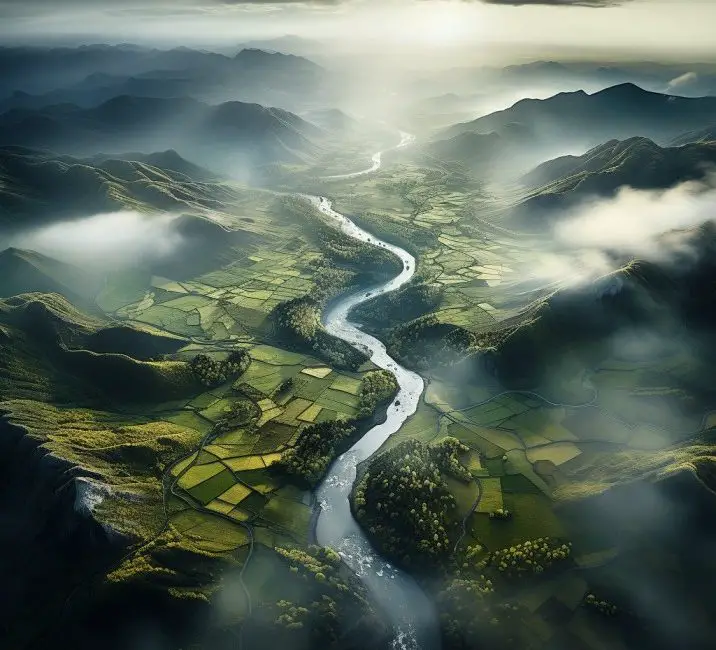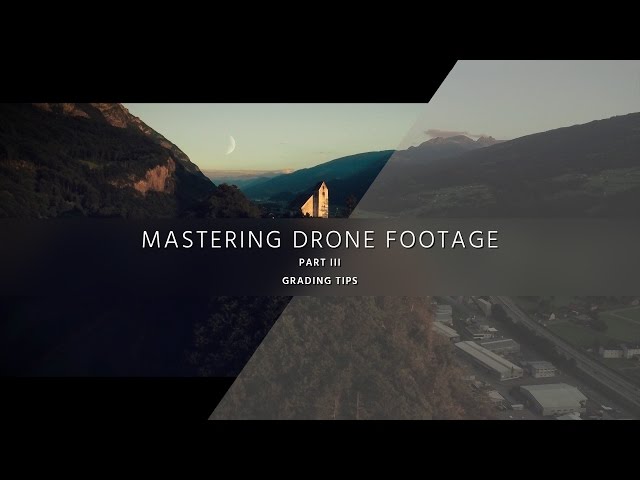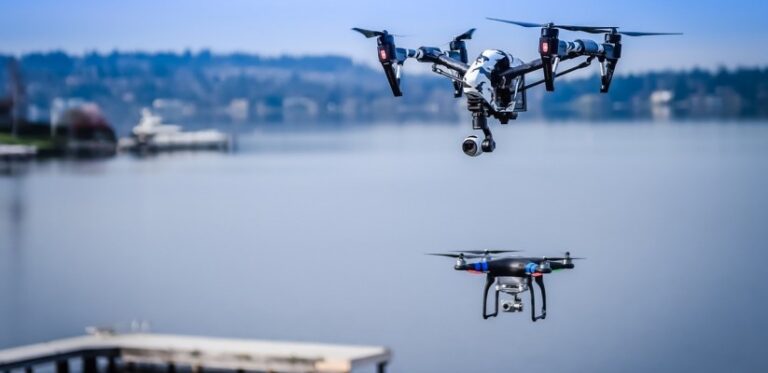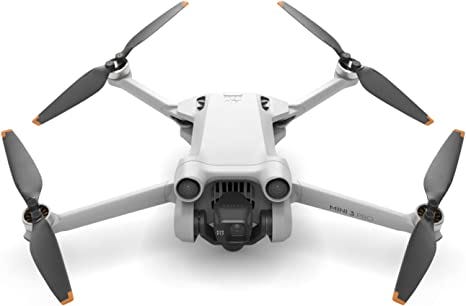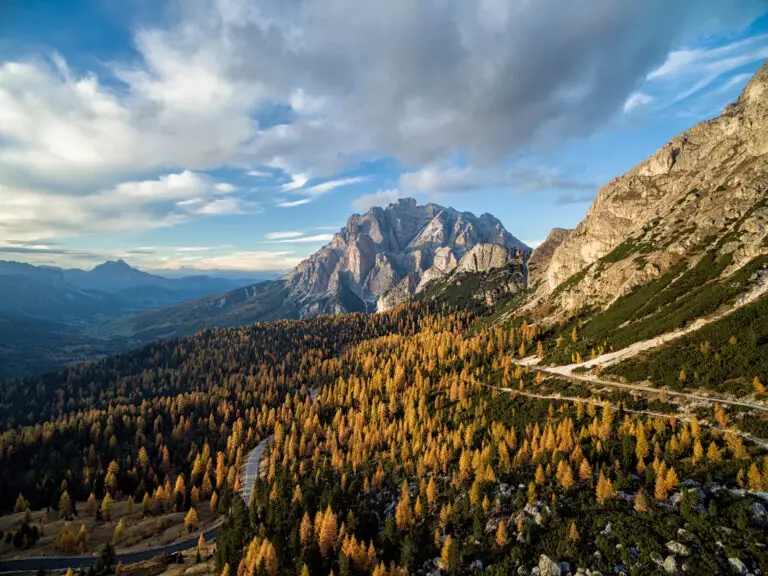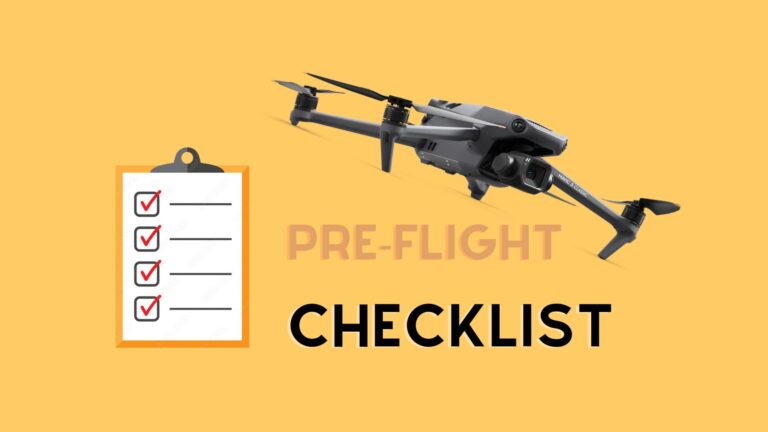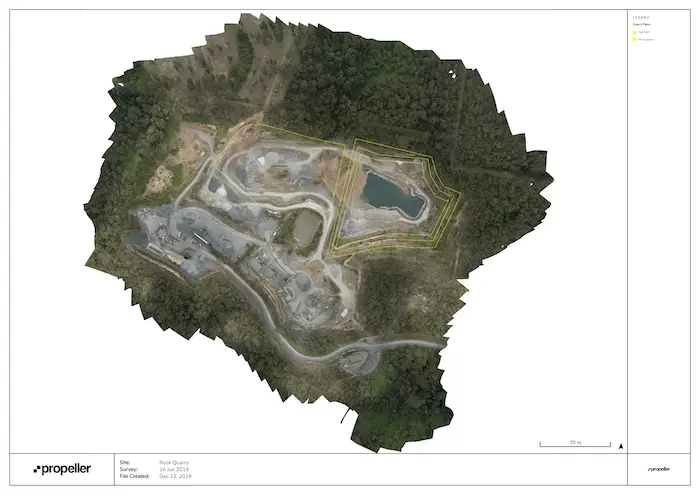Drone Photography Composition: Creating Dynamic Shots from the Sky
In the vast canvas of the digital world, where visual content reigns supreme, drone photography stands out for its ability to capture the world from unparalleled heights. As drone technology evolves, so does the art of aerial photography, with composition playing a pivotal role in transforming a simple snapshot into a breathtaking view from the heavens. This blog post is tailored for photography enthusiasts and drone pilots eager to soar to new artistic heights. We’ll explore the intricacies of drone photography composition and provide actionable insights to help you create dynamic and awe-inspiring photographs.
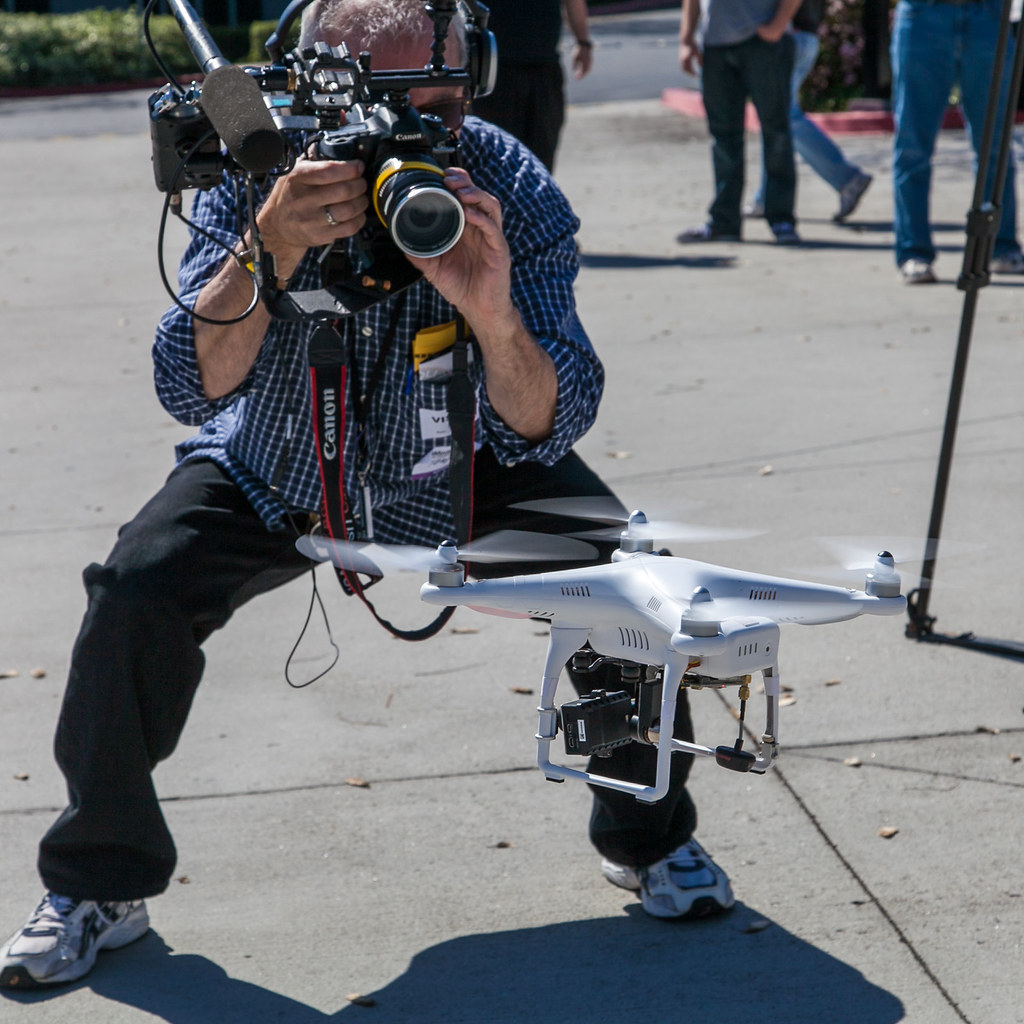
Understanding Drone Photography
Defining Composition in Aerial Shots
When we speak of composition in photography, we refer to the arrangement of elements within the frame to create a visually appealing image. Aerial photography, powered by drones, introduces a new dimension to traditional composition rules. Elevating your perspective to the sky offers boundless possibilities, but it also requires a fresh approach to framing your shots.
The Key Elements of Drone Photography Composition
Drone photography is as much about artistry as it is about technology. The high-flying nature of drones means you get to play with angles, framing, and perspective in ways that traditional photography cannot. Learning how to thoughtfully deploy these elements is essential for mastering the craft.
Creating Dynamic Shots
The Rule of Thirds and Leading Lines in Aerial Photography
The rule of thirds states that an image should be divided into nine equal parts by two equally spaced horizontal lines and two equally spaced vertical lines. Perhaps the most well-known composition guideline, the rule of thirds encourages placing the subject or points of interest at the intersections of these lines. In aerial photography, applying the rule of thirds helps to balance the image and draw the viewer’s eye to the desired focal point.
Leading lines are another powerful compositional tool to guide the viewer’s gaze through the photograph. Roads, rivers, and pathways provide natural leading lines, and when seen from above, they can create compelling, abstract patterns that enhance the composition.
Depth in the Aerial Frame
Adding depth to aerial photos can be achieved by incorporating foreground elements. When flying a drone, look for objects like trees, buildings, or even people that can serve as anchors for the photo, leading to a sense of scale and immersion for the viewer.
Play With Light and Shadows
Light is the essence of photography, and understanding how it interacts with subjects can elevate the mood of your aerial shots. The long shadows cast during the golden hour can add drama and depth. You may also choose to capture silhouettes or experiment with high-contrast scenes to create bold and impactful imagery.
Advanced Techniques
Panoramic Views and Stitching
Drones are capable of capturing stunning panoramic images with ease, covering vast areas that would be impossible for a terrestrial photographer. By shooting a series of overlapping photographs and stitching them together in post-processing, you can create images that fully encapsulate the grandeur of the landscape.
HDR Photography from Above
High Dynamic Range (HDR) photography is a technique that combines multiple exposures to create a single image with a greater range of light and dark areas. This is particularly useful in aerial photography to balance the exposure between the bright sky and the shaded ground, ensuring that both elements are well-exposed and the details are preserved.
Unique Perspectives and Angles
The true magic of drone photography lies in its capacity to offer perspectives that are difficult or impossible to achieve with traditional cameras. Explore different altitudes, fly over terrains, and approach your subjects from unconventional angles to create a series of captivating images that tell a story or reveal a new aspect of a familiar subject.
Case Studies or Examples
Showcase of Successful Compositions
To truly understand the impact of composition in drone photography, it’s important to study the work of pioneers and contemporary artists in the field. There are countless examples of stunning compositions that harness the power of angles, framing, and perspective to engage the viewer and communicate a powerful narrative.
Before-and-After Adjustments
Taking your audience behind the scenes by showing the adjustments made from the first draft to the final drone image can underline the importance of composition planning and how adaptions can turn an average shot into a compelling one.
Tips for Drone Pilots and Photography Enthusiasts
Pre-Flight Composition Planning
Before you launch your drone, envision the shot you want to capture. Understand the elements of your scene and plan how you’ll arrange them in the frame to best convey your intended message or aesthetic.
Post-Processing Techniques for Composition Enhancement
The work doesn’t end when you bring your drone back down to earth. Post-processing tools are your digital darkroom, where you can fine-tune composition elements such as cropping, straightening, and adjusting the lighting to perfect your aerial photos.
Safety and Legal Considerations
Finally, it’s crucial to mention that drone photography carries significant responsibilities. Legal and safety guidelines must be adhered to at all times. Respect no-fly zones, fly within visual line of sight, and be mindful of your surroundings to ensure a safe and compliant flight.
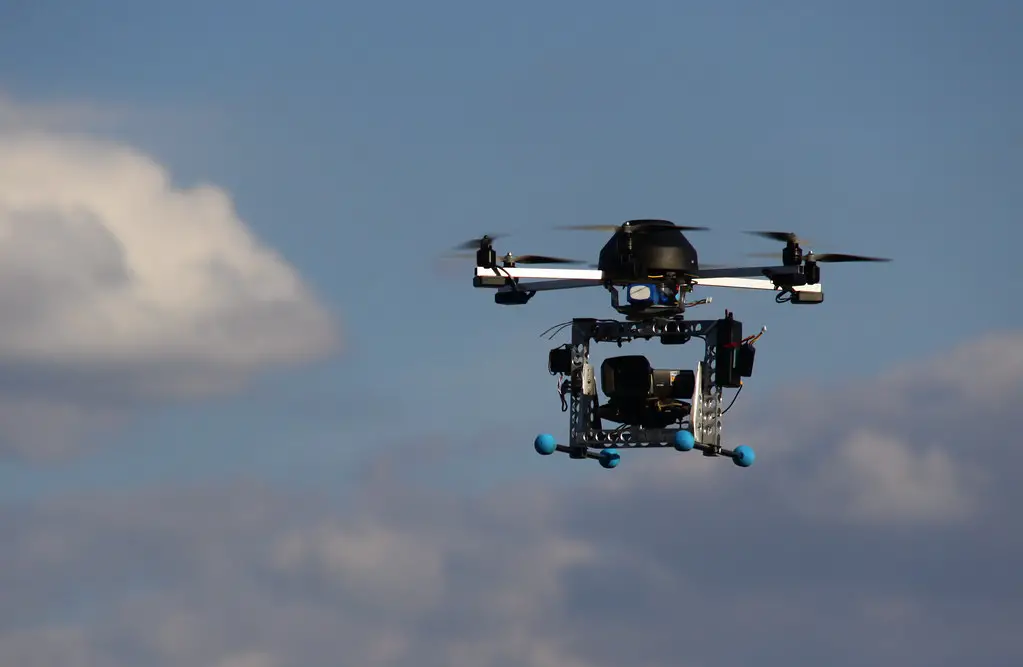
Conclusion
Drone photography composition is an art form that demands a balance between creativity and technology. By mastering the key elements and techniques we’ve discussed, you’re equipped to create photographs that not only showcase breathtaking aerial views but also resonate with the viewer on a visceral level. Remember, the sky is not the limit – it’s only the beginning. Continuous practice and experimentation will lead to the discovery of your own unique style and a portfolio of dynamic shots that stand out in the saturated digital space.

